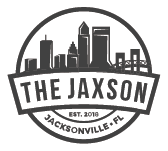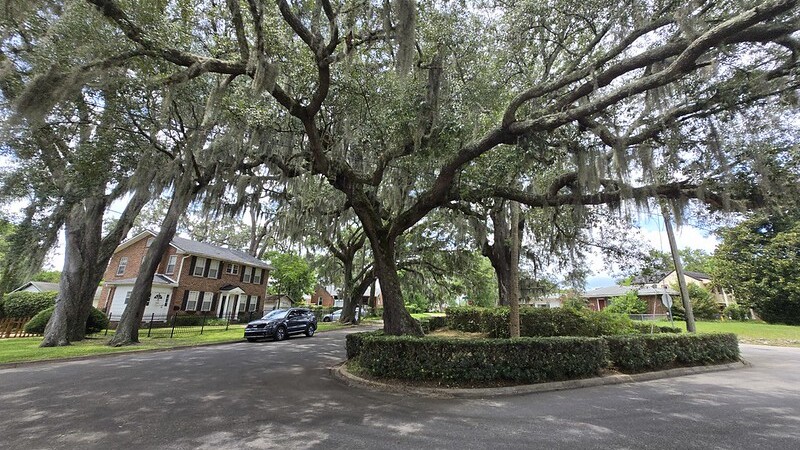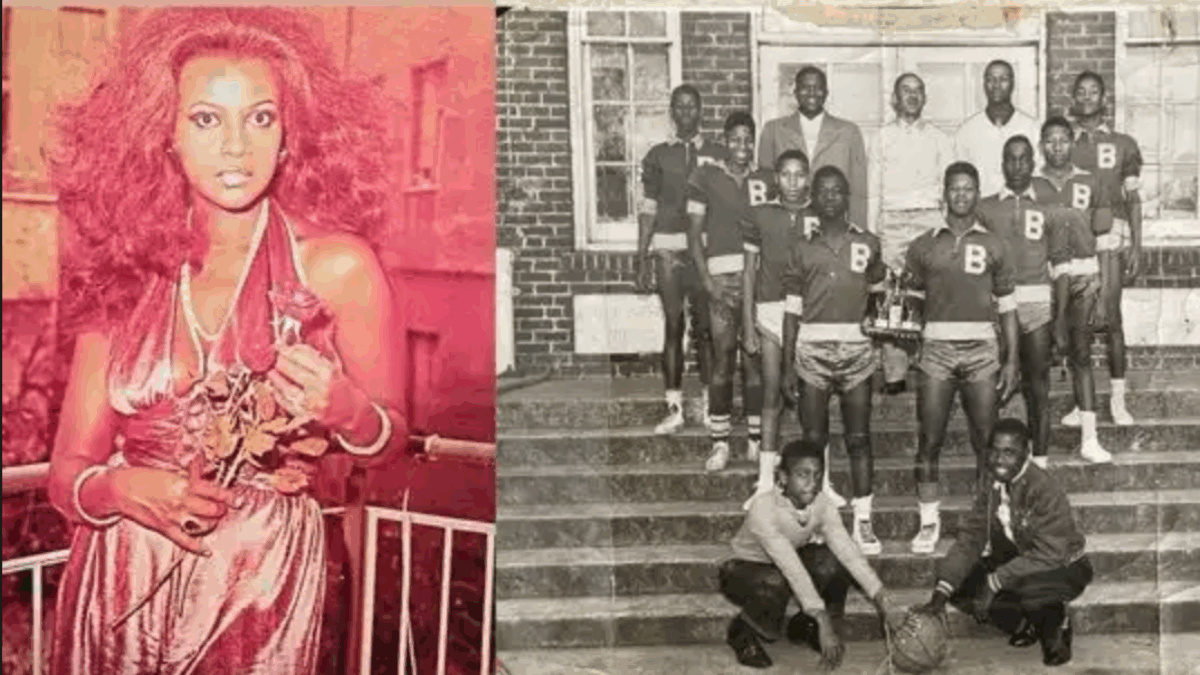
Unlike many of Jacksonville’s early 20th century communities, North Shore was not developed as a streetcar suburb. Instead, it grew with its own unique character, defined by scenic waterfront parks, tree-lined streets, and an impressive collection of brick residences. Today, it remains a quiet, inviting neighborhood where distinctive architecture and a strong sense of place can still be enjoyed at a reasonable cost. Here are five historical facts about this Northside gem.
19th century dream, 20th century community

Platted in 1915, North Shore occupies a peninsula framed by the Trout River, Moncrief Creek and Rolliston Creek. Originally situated just north of Jacksonville, the neighborhood was annexed into the city a decade later, in 1925. By the years leading up to World War II, it had grown into a thriving middle-class community. The area was first envisioned much earlier under a different name: Tallulah, a word of Indigenous origin meaning “leaping water.” In 1879, Jeremiah Fallausbee laid out plans for this riverside settlement. However, his ambitions faltered after Jacksonville’s devastating yellow fever epidemic of 1888, which caused the city’s population to shrink rather than expand.
Dominated by Minimalist Traditional architecture

North Shore is one of the few historic neighborhoods north of Downtown Jacksonville where brick homes built in the Minimalist Traditional style dominate the landscape. Emerging in the 1930s during the Great Depression, this style offered an affordable alternative to more ornate architectural traditions. Drawing inspiration from Tudor and Colonial Revival forms, Minimalist Traditional homes simplified massing, rooflines, and details while still maintaining character. Unlike classical styles that closely follow precedent, Minimalist Traditional design is inherently flexible. Window sizes and door placements are determined less by symmetry and more by the functional needs of the floor plan, ventilation, natural light, entry and circulation, resulting in homes that balance tradition with modern practicality. The style proved especially practical in the decade following World War II, when housing demand surged and speed of construction became essential. By emphasizing simplicity with just enough detail to create identity, these homes appealed to buyers seeking practicality, affordability, and charm.
Known for its lush waterfront parks

Surrounded by water, North Shore is defined by its scenic waterfront parks. The largest, North Shore Park, sits along the Trout River at 7901 N. Pearl St. Originally included in the neighborhood’s 1915 plat, the park was expanded by the city of Jacksonville in 1943 and 1944. Today, the 2.5-acre park offers a mix of recreation and relaxation, with picnic facilities, a modern children’s playscape, benches, an asphalt walking trail, and a shoreline kayak launch, making it a true community gathering space on the river.
North Shore commercial district

Though North Shore covers only about 22 blocks, it boasts a small Five Points-style commercial district. Centered at the intersection of Pearl Street, Tallulah Avenue and Sherwood Street, this walkable cluster is anchored by three beloved mom-and-pop establishments that have served the community for decades. At 7511 Pearl St., Carroll’s Meat Shoppe has been a neighborhood staple since 1966, when it was founded by Herman “Smitty” Shuman. Just across the street, Miller’s Soulfood Kitchen operates out of a former 1957 Skinner’s Dairy milk house, offering Gullah Geechee cuisine that celebrates cultural tradition and flavor. Staying true to North Shore’s riverside setting, R&R Crab House at 7514 Pearl St. is a go-to seafood market, known for fresh fish, shrimp and crabs pulled straight from local waterways.
A century of heavy industry

What is now the Symrise plant began life in the early 20th century as part of Florida’s once-dominant turpentine industry, an industry that shaped not only the state’s economy but also daily life across America. Turpentine, distilled from pine tree sap, was a vital ingredient in paints, medicines, cosmetics, and even household sprays. In Jacksonville, the industry fueled growth and opportunity. In 1910, lumber magnate Wellington Cummer established the Standard Turpentine Co. on the city’s outskirts. In the following decade after its opening, the neighborhoods of North Shore and Norwood both grew up around the plant, drawn by the promise of work and industry.
During the late 1980s and early 1990s, amid Mayor Tommy Hazouri’s crackdown on odor emissions, the facility invested in advanced systems to reduce sulfuric odors from the manufacturing process. Ownership of the facility has shifted several times over the decades and in 2016, Symrise acquired the operation. Headquartered in Germany, Symrise is a global leader in flavor and fragrance innovation.







